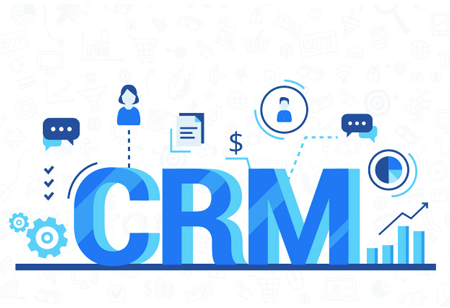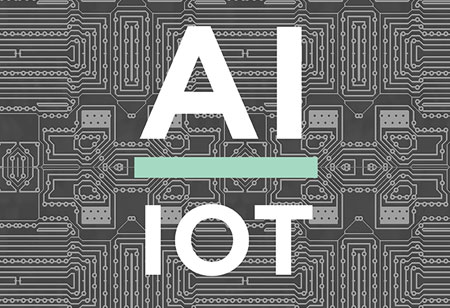THANK YOU FOR SUBSCRIBING
The Rocket Fuel for Philanthropy is Technology
It is surprising that philanthropy as an industry has gotten so far, devoid of technology to enhance its operations. The value of technology has dropped simultaneously as philanthropic enterprises have discovered a keen need for it.

By
Apac CIOOutlook | Wednesday, June 26, 2019
Stay ahead of the industry with exclusive feature stories on the top companies, expert insights and the latest news delivered straight to your inbox. Subscribe today.
It is surprising that philanthropy as an industry has gotten so far, devoid of technology to enhance its operations. The value of technology has dropped simultaneously as philanthropic enterprises have discovered a keen need for it.
FREMONT, CA: In recent years, digitization and technology have removed many logistical restrictions in philanthropy, leading to a change in how people think about aid organizations. Innovations have enhanced the capability of non-profit organizations to manage many of the most pressing social problems facing humanity, including poverty, lack of right to education, and environmental destruction. The impact of technology on the non-profit industry is evident from several standpoints.
A few instances of how digitization has changed the domain of philanthropy are given below:
The New Timeline of Giving:
These days, because technology makes it easier to contribute any amount, however tiny, anyone of any age and from any economic background can engage in philanthropy. The pleasure of aiding others, even if only in smaller increments, is available to all.
Donations via Text:
Among the many modernizations in technology, some of the most influential have been those that permit people to donate to a cause through their smartphones. Text messaging, for instance, is one opportunity that non-profits have exploited for gathering funds from donors.
Greater Awareness:
A considerable improvement in the philanthropy sector is a superior capability to notify donors exactly where their contributions go. In the past, someone might donate to a group with vague knowledge about what the non-profit does, and never get any updates about the results their funds had enabled.
Today, non-profits can employ customer relationship management (CRM) software to converse with donors more effortlessly and on a more customary basis. Technology can also provide charities superior visibility into their own operations and facilitate them to track how funds are used. It is now more widespread for people to receive comprehensive specifics on the effects of their donation.
Increased Accountability:
Because of digital presence, most non-profit organizations have benefitted with respect to donors as it encourages greater accountability and transparency. If a non-profit has a dreadful repute, it is not difficult to figure it out as people will not retrace their steps from complaining online if they feel an aid organization has misused their funds. Similarly, those that preserve high principles and have a constructive impact are easier to discover.





